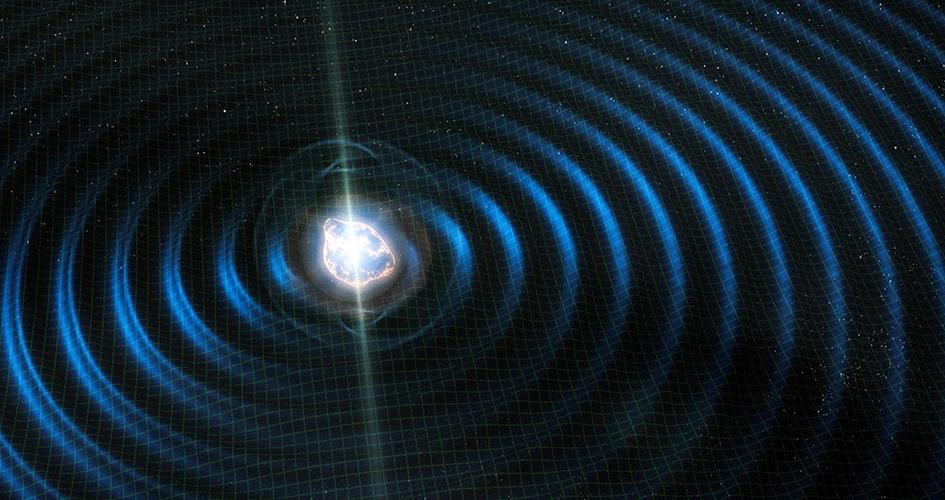Science
What are dark sirens?

The GWs that have been detected to date by the LIGO-Virgo-KAGRA Collaboration are produced by three kinds of sources. These are:
- Binary black holes (BBH) -- a black hole merging with another black hole.
- Binary neutron stars (BNS) -- a neutron star (an ultra-dense stellar core formed behind after a star 'dies') merging with another neutron star.
- Neutron star-black hole binaries (NSBHs) -- a black hole merging with a neutron star.
There are various differences between these three kinds of events, but let's note one thing: black holes have an event horizon, which means they can't emit light. Neutron stars, on the other hand, don't have an event horizon.
That means that when a neutron star is involved in a merger event, we believe huge amounts of energetic radiation are released -- some of which could be detected by electromagnetic telescopes.
If a merger event is detected in both GWs and electromagnetic signals, we call it a bright siren. In particular, bright sirens are especially exciting for cosmology because they enable us to probe both the distance and redshift to a single event, which is very rare in astronomy. The relationship between distance and redshift depends
crucially on cosmology and the theory of gravity governing the universe. So, bright sirens provide us with an opportunity to test these things.
Prior to the first detections of GWs in 2015, there were generally optimistic expectations for the number of bright siren events we might see. However, so far this hasn't been borne out in reality, with only bright siren -- GW170817 -- being detected since 2015.
(A subtlety here is that the GW detectors are not operational full-time, and were shut down for an extended period over the Covid-19 pandemic.) So what about all those nice tests of cosmology and gravity we wanted to do? Are they totally scuppered?
This is where dark sirens come in. Dark sirens are GWs without electromagnetic counterparts (so really, regular GW events). The name 'dark sirens' really refers to a set of techniques that allow us to still use these regular, non-counterpart events for cosmology.
The crucial thing we need is a way to estimate their redshifts (remember this was easy in the bright siren case, see above). In the case of dark sirens, we access this information by using a galaxy catalogue, which gives positions and redshifts for millions of galaxies.
Without an electromagnetic counterpart , we can't know which of the galaxies is the true host of the GW event. So instead, we marginalise over all of them. This is a fancy way of saying we effectively let each galaxy be the true host in turn, and look at the collective sum of all those results.
Said another way, even though we don't know the true host galaxy, we can still estimate cosmological parameter statistically using all the possible host galaxies.

